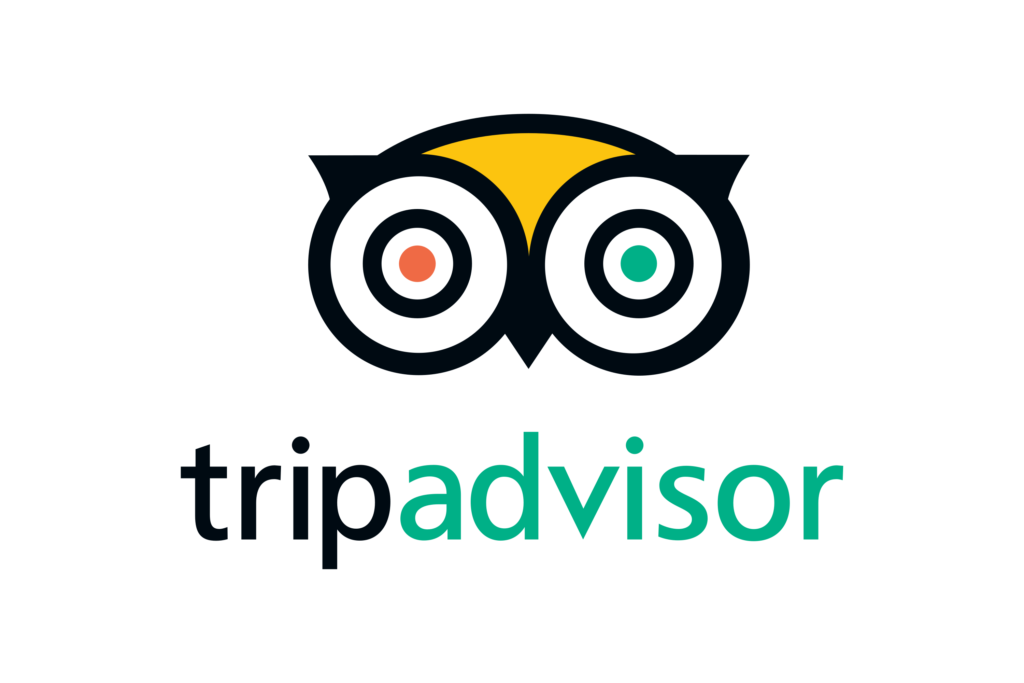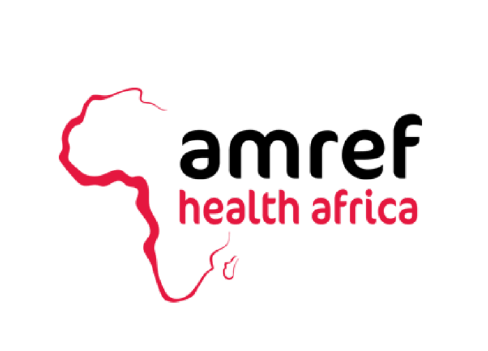Mount Kilimanjaro, the majestic “Roof of Africa,” stands at 5,895 meters (19,341 feet) and beckons adventurers from around the globe. As the highest free-standing mountain in the world and Africa’s tallest peak, it’s a bucket-list climb for many. However, summiting Kilimanjaro is no walk in the park. With an overall success rate of about 65%, many climbers fail due to avoidable mistakes. At Africa Paradise Adventures, we’ve guided thousands of trekkers to Uhuru Peak with a 98% summit success rate, and we’re here to help you avoid the pitfalls that derail others. In this comprehensive guide, we’ll outline the top 10 mistakes to avoid when climbing Mount Kilimanjaro, share success stories, and provide a pre-climb checklist to ensure you’re ready for the adventure. Ready to climb smarter? Let’s dive in!

1. Choosing a Short Route for Poor Acclimatization
Mistake: Opting for shorter routes like the 5-day Marangu or 6-day Umbwe to save time or money often leads to poor acclimatization, increasing the risk of altitude sickness. These routes ascend quickly, leaving little time for your body to adjust to the thinning air above 3,000 meters.
Solution: Choose a 7–8-day route like Lemosho, Machame, or Northern Circuit, which offer better acclimatization through gradual ascents and “climb high, sleep low” strategies. For example, the Northern Circuit (8–9 days) boasts a 95% success rate due to its extended itinerary.
Success Story: Sarah, a 32-year-old teacher from Canada, initially booked a 5-day Marangu trek but switched to our 8-day Lemosho route after consulting our team. With proper acclimatization, she summited without altitude issues and described the experience as “life-changing.”
2. Inadequate Physical Training
Mistake: Underestimating Kilimanjaro’s physical demands leads to exhaustion. The climb involves 6–9 days of trekking, with summit night requiring 6–8 hours of steep ascent in freezing temperatures.
Solution: Follow a 6-month training plan focusing on cardiovascular fitness (running, cycling), strength (squats, lunges), and endurance (long hikes with a 10–15 kg backpack). Aim for 3–4 cardio sessions and 2–3 strength sessions weekly, plus one long hike (4–6 hours) per week by month three.
Success Story: James, a 45-year-old accountant, trained for four months with our recommended plan. His weekly hill hikes prepared him for the Barranco Wall on the Machame route, and he reached Uhuru Peak feeling strong.
3. Ignoring Altitude Sickness Symptoms
Mistake: Dismissing early signs of acute mountain sickness (AMS)—headaches, nausea, dizziness—or pushing through severe symptoms like confusion or shortness of breath can lead to dangerous conditions like high-altitude pulmonary edema (HAPE) or cerebral edema (HACE).
Solution: Learn AMS symptoms and prioritize prevention: hydrate (4–5L daily), ascend slowly, and consider Diamox (acetazolamide) after consulting a doctor. Africa Paradise Adventures’ guides conduct daily health checks with pulse oximeters to monitor oxygen levels and ensure safety.
Success Story: Maria, a 28-year-old nurse, felt mild headaches on day three of her Lemosho trek. Our guides adjusted her pace, increased hydration, and monitored her closely, allowing her to summit safely.
4. Packing Too Little or Too Much
Mistake: Packing too little (e.g., insufficient warm clothing) leaves you unprepared for the arctic summit zone, while overpacking (e.g., heavy, unnecessary items) burdens porters and slows your trek.
Solution: Follow a curated packing list: layered clothing (moisture-wicking base, fleece mid-layer, waterproof outer), sturdy hiking boots, trekking poles, a 3–4-season sleeping bag, and a 20–30L daypack. Africa Paradise Adventures provides group gear (tents, oxygen tanks) and offers rentals for personal items like sleeping bags.
Success Story: Tom, a 40-year-old engineer, initially packed a 50L backpack with non-essentials. After reviewing our free Kilimanjaro Packing List, he streamlined his gear, making his Machame trek more comfortable and efficient.
5. Skipping Vaccinations and Health Precautions
Mistake: Neglecting vaccinations or malaria prophylaxis for Tanzania can lead to serious health risks, disrupting your climb or post-trek plans.
Solution: Consult a travel doctor 6–8 weeks before departure. Required vaccinations include yellow fever (mandatory for Tanzania entry); recommended ones are typhoid, hepatitis A/B, and malaria prophylaxis. Carry a personal first-aid kit with basics like bandages and pain relievers.
Success Story: Emma, a 35-year-old photographer, followed our pre-travel health guide, ensuring all vaccinations were up-to-date. She completed her Rongai trek and a Ngorongoro safari without health issues.
6. Underestimating Summit Night
Mistake: Summit night, the final push to Uhuru Peak, is grueling—6–8 hours of steep climbing in sub-zero temperatures (-20°C/-4°F) with low oxygen. Many climbers are unprepared for the physical and mental toll.
Solution: Train for endurance and practice night hikes to simulate summit conditions. Pack warm layers (down jacket, gloves, hat) and a headlamp with extra batteries. Our guides use the “pole pole” (slowly, slowly) approach to conserve energy and ensure success.
Success Story: David, a 50-year-old retiree, feared summit night but trained with night hikes and trusted our guides’ pacing. He reached Uhuru Peak at sunrise, calling it “the hardest but most rewarding night of my life.”
7. Not Hiring a Reputable Operator
Mistake: Choosing a budget operator with poor safety standards, untrained guides, or inadequate equipment can jeopardize your safety and summit chances.
Solution: Select a reputable operator like Africa Paradise Adventures, with a 98% summit success rate, experienced Chagga guides, and safety equipment (oxygen tanks, hyperbaric chambers). We prioritize fair wages for porters and eco-friendly practices.
Success Story: Lisa, a 30-year-old marketer, initially booked with a cheap operator but switched to us after reading reviews. Our team’s expertise and support helped her summit via the Lemosho route.
8. Neglecting Mental Preparation
Mistake: Focusing solely on physical training and ignoring mental resilience can lead to anxiety or giving up during tough moments, like summit night.
Solution: Practice visualization techniques, set realistic goals, and read about others’ Kilimanjaro experiences. Our guides provide daily encouragement and foster a supportive group dynamic to boost morale.
Success Story: Ahmed, a 27-year-old student, used meditation and our team’s motivational talks to stay focused, summiting despite initial doubts about his endurance.
9. Failing to Budget Properly
Mistake: Underestimating costs (e.g., gear, flights, tips for porters) or choosing the cheapest package can lead to subpar experiences or unexpected expenses.
Solution: Budget $2,000–$4,000 for a quality climb, including park fees, gear rentals, and tips ($10–15/day per porter, $20–25/day for guides). Africa Paradise Adventures offers transparent pricing and all-inclusive packages with optional safari add-ons.
Success Story: Rachel, a 38-year-old lawyer, planned her budget with our consultation, ensuring no surprises. She enjoyed a 7-day Machame trek and a 2-day Tarangire safari.
10. Ignoring Post-Climb Recovery
Mistake: Neglecting recovery after the climb can lead to prolonged fatigue or health issues, especially if combining with a safari or long flights.
Solution: Rest for 1–2 days in Moshi or Arusha post-climb. Stay hydrated, eat nutrient-rich meals, and avoid strenuous activities immediately after. Our 12-day Kilimanjaro + Safari Package includes a recovery day before the safari.
Success Story: Mark, a 42-year-old entrepreneur, followed our recovery tips and felt energized for his Ngorongoro safari, spotting the Big Five just days after summiting.
Pre-Climb Preparation Checklist
To ensure a successful Kilimanjaro climb, use this checklist:
- 6–8 Months Before:
- Choose a 7–8-day route (e.g., Lemosho, Northern Circuit).
- Start a 6-month training plan (cardio, strength, hiking).
- 3–6 Months Before:
- Consult a travel doctor for vaccinations and malaria prophylaxis.
- Purchase/rent gear: boots, sleeping bag, trekking poles.
- 1–2 Months Before:
- Book with Africa Paradise Adventures for expert guidance.
- Practice night hikes and test all gear.
- 1–2 Weeks Before:
- Pack using our free Kilimanjaro Packing List.
- Confirm travel logistics (flights to JRO, visas).
- During the Climb:
- Hydrate (4–5L/day), monitor AMS symptoms, follow guides’ pacing.
- Post-Climb:
- Rest 1–2 days, enjoy a safari with our packages.
Why Climb with Africa Paradise Adventures?
At Africa Paradise Adventures, we’re committed to your success and safety. Our experienced Chagga guides lead 150+ climbs annually, equipped with oxygen tanks, hyperbaric chambers, and daily health monitoring. Our 98% summit success rate reflects our expertise and dedication. We offer tailored itineraries, from 6-day Marangu treks to 12-day Kilimanjaro + Safari packages, combining your climb with Serengeti or Ngorongoro adventures. Our eco-friendly practices support local communities, ensuring your journey leaves a positive impact.
FAQs
What is the hardest part of climbing Kilimanjaro?
Summit night, with its steep, cold ascent to Uhuru Peak, is the most challenging due to altitude and fatigue.
Can beginners climb Kilimanjaro?
Yes, with proper training and a longer route like Lemosho, beginners can succeed with our guidance.
How can I avoid altitude sickness?
Choose a 7–8-day route, hydrate well, consider Diamox, and heed our guides’ advice.
What gear do I need?
Layered clothing, hiking boots, trekking poles, and a sleeping bag. Request our free packing list for details.
Why choose Africa Paradise Adventures?
Our 98% summit success rate, expert guides, and eco-friendly practices ensure a safe, memorable climb.
Conclusion
Climbing Mount Kilimanjaro is a transformative adventure, but avoiding common mistakes is key to reaching Uhuru Peak. By choosing the right route, training properly, prioritizing safety, and climbing with a reputable operator like Africa Paradise Adventures, you’ll maximize your chances of success. Our expert guides, comprehensive safety measures, and tailored packages make your dream climb a reality. Ready to conquer the Roof of Africa?
Visit https://africaparadiseadventures.com/ to book your trek or request our free Kilimanjaro Packing List today. Climb smarter, summit stronger!





